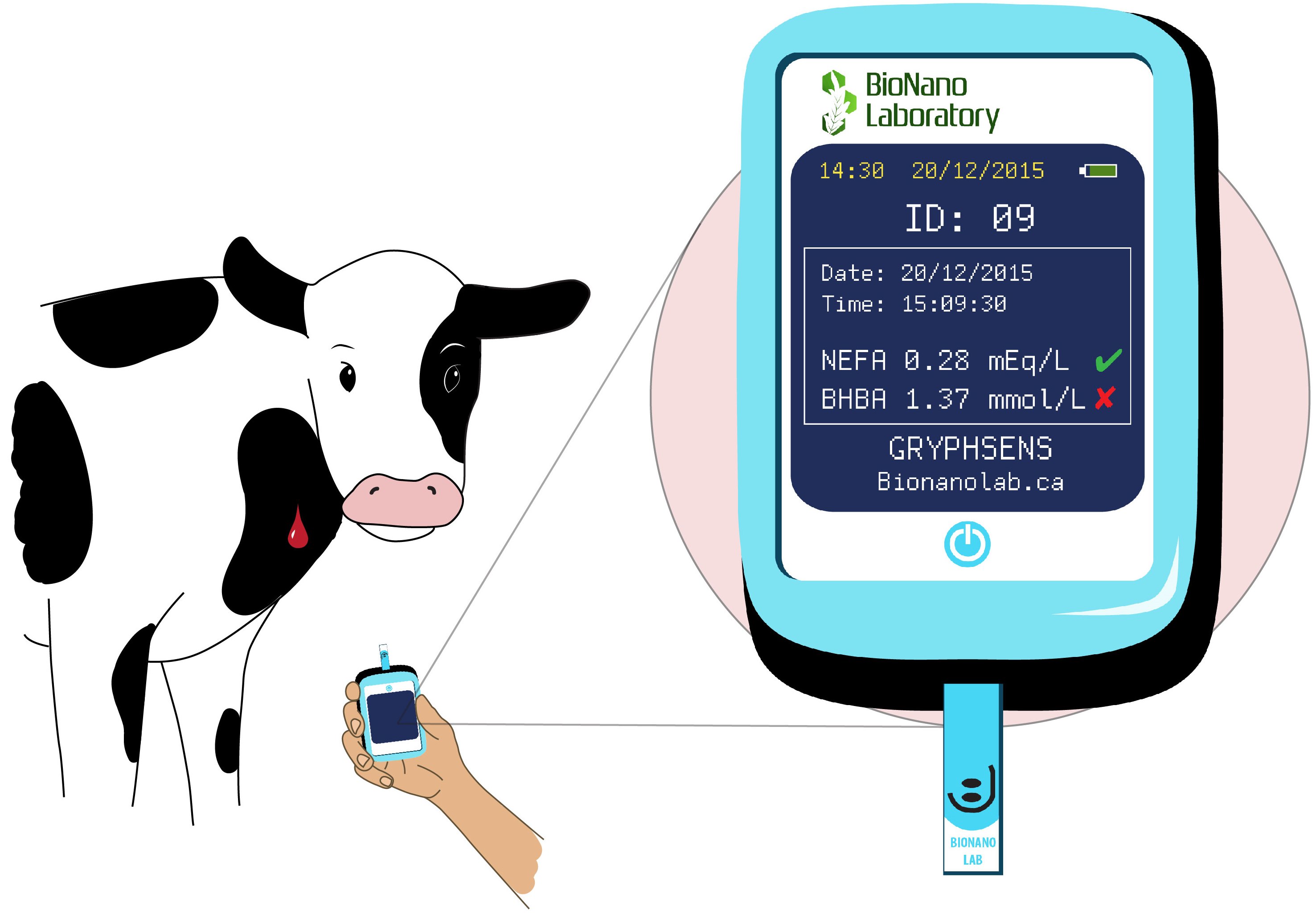Needle-free injection systems
by: Kaitlyn Gisler
The farmyard and veterinarian’s office will be getting a friendly face-lift for anyone who has a fear of needles. Needle-free (NF) devices, a technology that sounds more futuristic than it actually is, has slowly been infiltrating the Canadian livestock sector. It has been used in the military and for mass human vaccinations since the 1940s.
Pulse NeedleFree Systems, an international company that develops NF devices for both the human and animal health industries, has three livestock products available for veterinarians and farmers: the Pulse 50 Micro Dose Injection System (dose range of 0.1 ml to 0.5 ml), Pulse 250 (0.5 ml to 2.5 ml) and Pulse 500 (1.0 ml to 5.0 ml). For cattle and swine farmers, the Pulse 250 and 500 are the most popular because they can handle larger doses.
NF works has nothing to do with sorcery but the source—even if you do wonder where the customary needle has vanished. Pulse’s NF systems are powered with compressed air, carbon dioxide or nitrogen, according to their website, and pressure is applied with a pneumatic amplifier. Pressure can surge from 120 PSI to 12,000 PSI, depending on the animal. This pressure propels a predetermined dose of medication through the handpiece (which is triggered on contact with the animal) and into the subcutaneous or intramuscular layer of skin. Adjusting the pressure affects how deep the vaccination will be injected. The point at which the vaccination enters through the skin is one-seventh the size of an 18-gauge needle—or smaller than a strand of hair. Yet, as Dr. Kim Ominski, a cattle forage production system researcher with the University of Manitoba discovered, this small, penetrating stream of vaccine can have astounding results.
Dr. Ominski and Mitch Rey, a graduate student of the University of Manitoba, launched and led a NF study using a Pulse device in 2011.
“We used two commercial cow-calf operations,” says Dr. Ominski, “and we just ran them through the chute as a producer would do. We tried to do everything as close to production practices as normal.”
The study was done to compare the immune response of NF and NS methods. After vaccinating spring born calves at two months of age and a second set of fall born calves in February, not only did the Pulse system still work in cold Manitoba weather—they used nitrogen in the winter since liquid carbon dioxide needs heat to expand into a gas. The immune responses were identical between both systems.
Where NS technology cannot compare with NF is the method of delivery. The mechanized pressure means each vaccine is delivered equally, at the correct layer, and all with improved vaccine dispersal.
“You are not using needles in this system,” reiterates Dr. Ominski, “so from [the Verified Beef Production Program] perspective it is a great advantage in meat quality. There is no possibility of a broken piece of needle in a cut of meat.”
Moreover, blood-born disease transmission is eliminated and proper needle disposal is no longer an issue. Dr. Ominski did cite vaccine residue as a potential concern for farmers as well as an increase in skin irritation.
“On about 10-30% of the animals we did see some vaccine residue at the surface [but] the antibody response was the same.”
The NF vaccinated cattle did show greater skin irritation in response to the treatment than the usual NS system, but Dr. Ominski says a further trial would be required to see how long the reaction would persist. She also counters that “when you give a vaccine, the presence of skin irritation helps stimulate the immune response.”
A definite question for anyone considering NF devices is the cost. “There are a couple of systems out in the market place and the few I have looked at range somewhere between $2,500-$3000 dollars,” says Dr. Ominski.
Stuart Webb, the technical and marketing representative for Pulse NeedleFree in Canada, also based out of Manitoba, states that the price pays off in the long run:
“We have made the calculation on the price of needles and the price of syringes and over four to five years it does actually work out to be cheaper. It’s just hard to convince the farmer when he can buy a plastic syringe for two or three dollars.”
Which poses the question: is anyone buying it?
Webb answers with confidence:
[blockquote style=”1″]Brazil and Argentina are booming for us at the moment. A lot of vaccinating companies sell [farmers] the vaccines and send a crew along to vaccinate the cattle. The vaccine companies are buying our [injectors] and using it on [the] farm.[/blockquote]
What is slowing the uptake on Canadian soil isn’t the technology (that’s sharper than ever), but the animals which use it. Webb acknowledges that in Manitoba the largest complaint for farmers are the numbers, which don’t compare to the herd sizes in Brazil or Argentina.
“If [farmers] only vaccinate ten to twenty head at a time they say it’s not worth the trouble to set the system up. Having the hydraulic system you have quite a lot of product tied up…and depending on the length of your hose you can have anything from ten to twelve shots…in the line.”
Dr. Ominski also mentions that she thinks a NF system is best suited to farms that vaccinate multiple groups of animals throughout the year. But all said and studied, Webb is enthused for the future of Pulse’s NF devices in Canada:
“It is definitely coming. The technology is really fascinating and I enjoy learning more about it. I see it taking off in the long term.”












